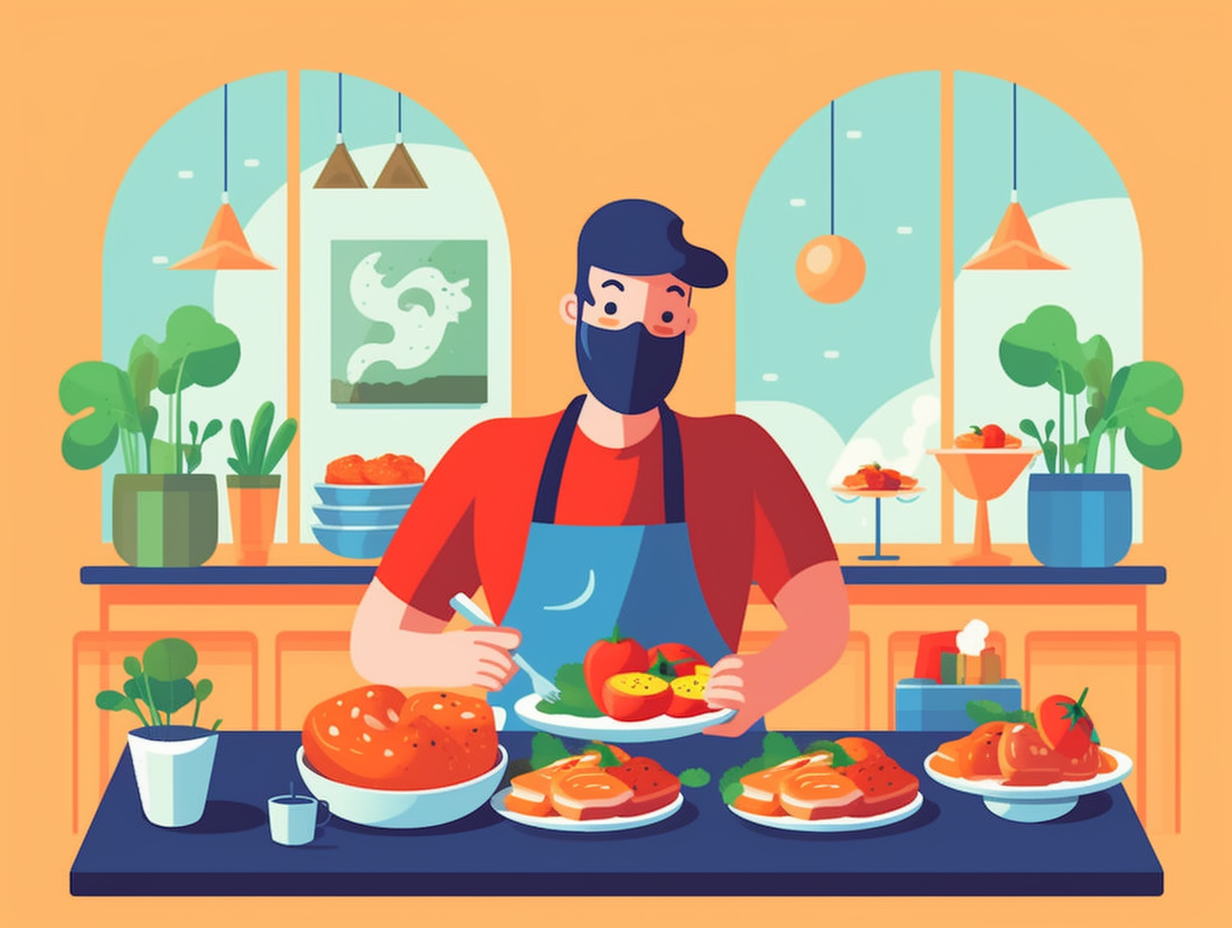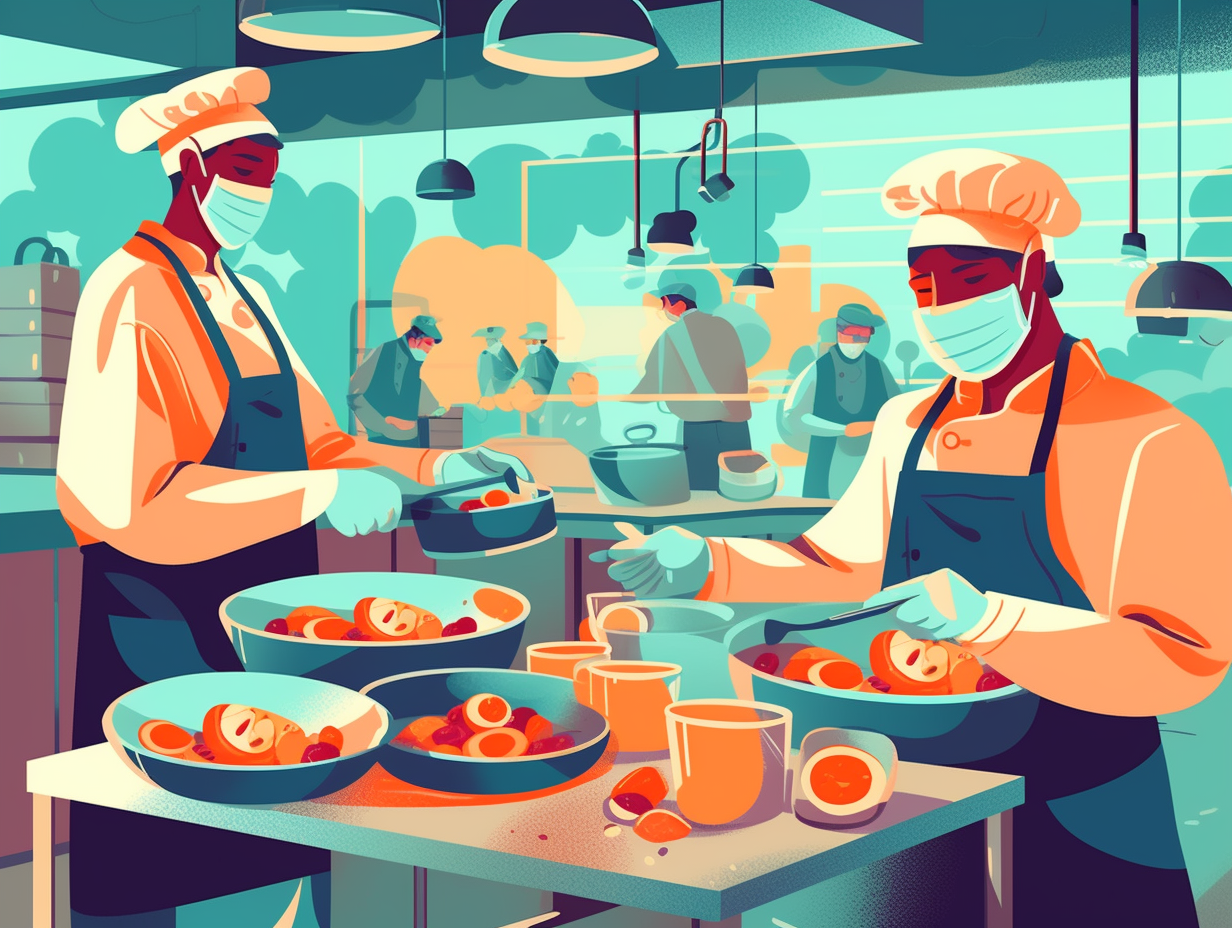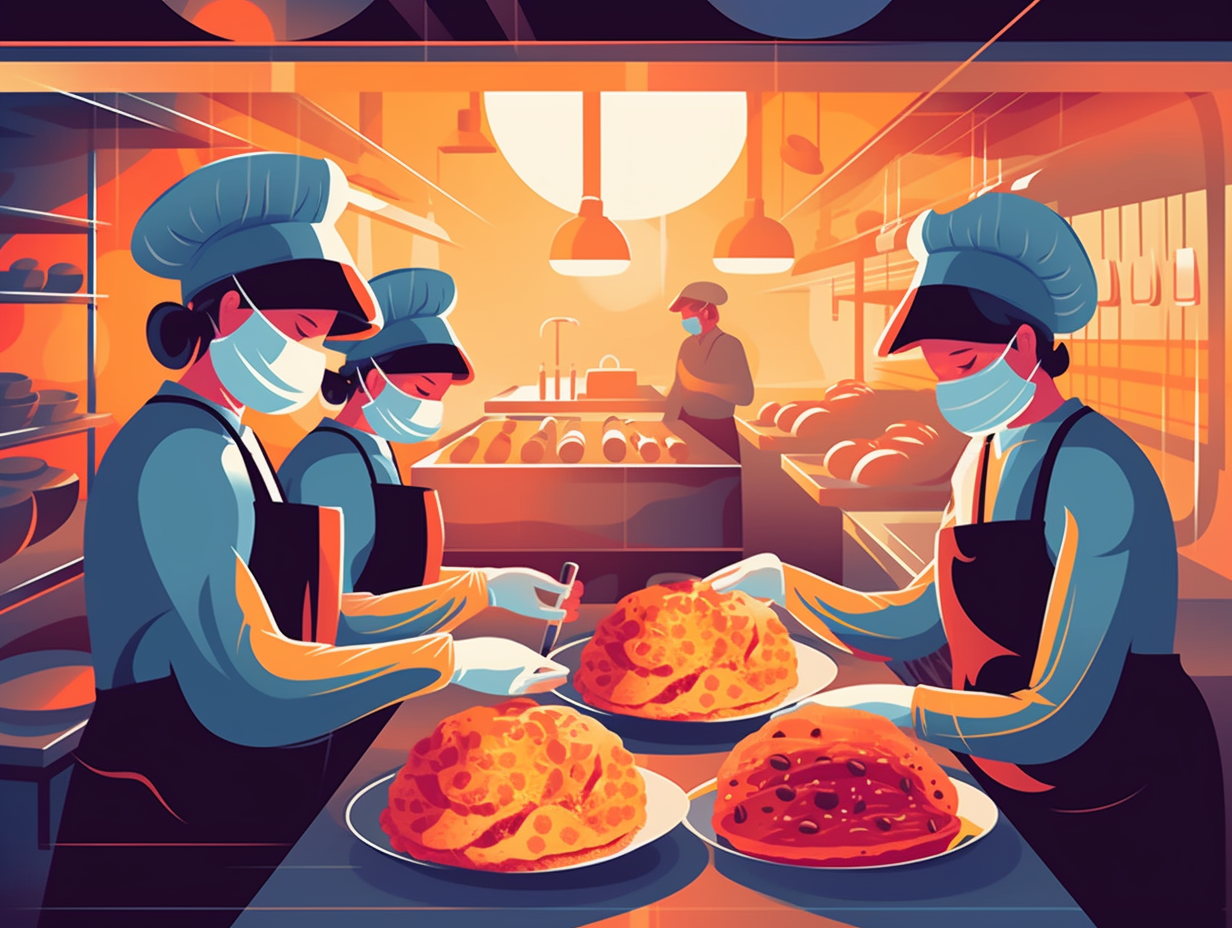Discover the Top 13 Surprising Food Safety Fun Facts You Never Knew!

1. Chicken Crossing the Road
Why did the chicken cross the road? To escape the Campylobacter bacteria that lurks in 24% of raw chicken at retail stores, of course! Seriously though: Campylobacter is the most common bacterial cause of diarrheal illness in the US, so play it safe by cooking the chicken thoroughly and handling the raw meat with care to avoid falling fowl of a nasty infection.
Source => cdc.gov
2. Mycotoxin Hide and Seek
Hungry fungus among us: adept at playing the game of hide and seek in your pantry's cereals, dried fruits, nuts, spices, and milk are sneaky mycotoxins – toxic substances produced by molds. These mischievous mold dwellers, especially the notorious aflatoxins found in crops like corn, sorghum, wheat, and tree nuts, can cause liver cancer and acute poisoning in humans. To keep them from crashing your dinner party, it's essential to store and inspect food properly, diversify your menu, and adhere to maximum tolerable intake levels set by the Joint FAO/WHO Expert Committee on Food Additives (JECFA).
Source => who.int

Did you know that 24% of raw chicken at retail stores contains Campylobacter bacteria? Learn how to avoid this common cause of diarrheal illness and keep your kitchen safe! 🐔🚫🦠
=> Fun Facts about Food-Safety
3. Lettuce Prey
If vegetarians say "Lettuce eat in peace," those pesky foodborne illnesses have a delightful retort: "Lettuce prey!" Feast your ears on this: To keep your fruits and veggies from becoming the villains in a germ-infested graphic novel, the CDC recommends cooking them to the proper temperature. Boiling, steaming, or roasting can kill off any sinister germs, reducing the risks of foodborne illnesses and allowing your fruits and veggies to leave the dark side for safer digestion.
Source => cdc.gov
4. Fridge Rave for Leftovers
Chill out, leftovers – it's a fridge rave: To avoid a bacterial dance party, remember to refrigerate cooked food within two hours after cooking, using shallow containers for a cool-down sesh to maintain temperatures below 40°F. Steer clear of pesky foodborne illnesses by letting your leftovers play it cool!
Source => fsis.usda.gov

5. Egg Safety Quest
Fear not, ye who handle grocery store eggs: for the Chicken Little whispers of illness are largely unfounded! In truth, it’s not the touching of eggs that brings potential plague, but rather the storage and preparation that matter most. A noble quest for safe egg consumption involves seeking the chill-kept treasures of 40°F or colder, shunning the cracked shells, and cooking thy yolks and whites to a hearty firmness. Hark, consume carefully thy egg-laden dishes, reaching 165°F for those with meat or poultry, and 160°F for the meatless concoctions. And consider blessing thyself with pasteurized goops, especially when venturing into the realms of lightly cooked alchemy, like Hollandaise sauce, Caesar salad dressing, and tiramisu. Thus, savor your eggs without fear, oh wise and hungry ones!
Source => cdc.gov
6. Cutting Board Conundrum
Cross-contamination or kitchen conundrum? Beef, meet lettuce; lettuce, meet E. coli: Keep separate cutting boards for raw meats and ready-to-eat foods to avoid foodborne illnesses, and wash them with hot, soapy water after each use. Don't let worn or groovy cutting boards turn into bacterial jamborees – replace them on time!
Source => eatright.org
7. Raw Pet Food Risks
Feeling a little "rawr" with your pet's diet? Hold on to your kibble, folks: Raw pet food can contain nasty germs like Salmonella and Listeria, which can not only sicken your furry friends but also spread to you and your family, possibly causing food poisoning. So channel your inner cleanliness superhero when handling and feeding raw pet food – wash those hands and keep the grub chilled and stored properly!
Source => cdc.gov
8. Microbial Party Crashers
Hey, you've got a little something on your hands – more like microbial party crashers: Properly washing your hands is essential in warding off foodborne illness, as pathogens can hitch a ride from the smallest traces of fecal matter on our hands and contaminate our culinary creations in the process. Wash those hands with care and you'll be the toast of the safe-food soirée!
Source => health.state.mn.us
9. Cumin's Allergic Secret
Who would have thought a little cumin could cause such a hullabaloo? Turns out, this unassuming spice has a secret identity as a notorious troublemaker when it comes to food allergies: Undeclared allergens are the leading cause of food recalls in the US, and peanuts are among the top eight culprits. As such, the FDA has issued warnings for those with peanut allergies to be cautious of products containing cumin, as they may harbor trace amounts of peanuts. While there have been recalls involving cumin, it should be noted they were due to the presence of peanut contamination and not solely for the cumin itself.
Source => cbsnews.com

10. Expiration Date Misconceptions
Stop that guac from walking: Expiration dates on food labels, barring infant formula, serve as a gauge of food quality rather than a safety indicator. So the next time your favorite snack crosses its expiration frontier, don't fret! Let your senses be your guide, and scrutinize for any spoilage signs, like color metamorphosis, texture mutations, or odors that just aren't right. Bye-bye food waste, hello eco-friendly gastronomy!
Source => imperfect-foods.medium.com
11. Raw Milk Warning
Moo-ve out the way, hipster-foodies! Unpasteurized milk may be au-naturel, but it's crème de la cringe for some: Consuming raw milk or products made from it can expose individuals to harmful bacteria like Listeria, posing risks especially for pregnant women, older adults, and those with compromised immune systems. Cooking or pasteurizing milk effectively kills the sneaky intruders and promotes a smoother, safer dairy experience.
Source => canr.msu.edu
12. Salmonella Supervillain Showdown
If Salmonella were a supervillain, its power would be to hijack your insides and commandeer your life for days on end, leaving you weak and helpless in the bathroom. Its kryptonite, however, is something we all carry around with us - a pair of superpowered soapy palms! Witness the epic battle: clean hands efficiently destroy Salmonella and keep your loved ones safe from dangerous microbes, saving the world from food-borne disasters, one handwash at a time.
Source => cdc.gov
13. Freezer's Sleeping Bacteria
Behold, the freezer: a land where bacteria slumber like Sleeping Beauty, only to awaken and wreak havoc once their icy abode melts away: Freezing food at 0°F or below doesn't kill bacteria or parasites, merely rendering them dormant, and upon thawing, they can become active again and cause foodborne illness if not handled properly – so always thaw food in the refrigerator, cold water, or the microwave, and cook it to the recommended temperature for a fairy-tale ending.
Source => fsis.usda.gov
Related Fun Facts




















